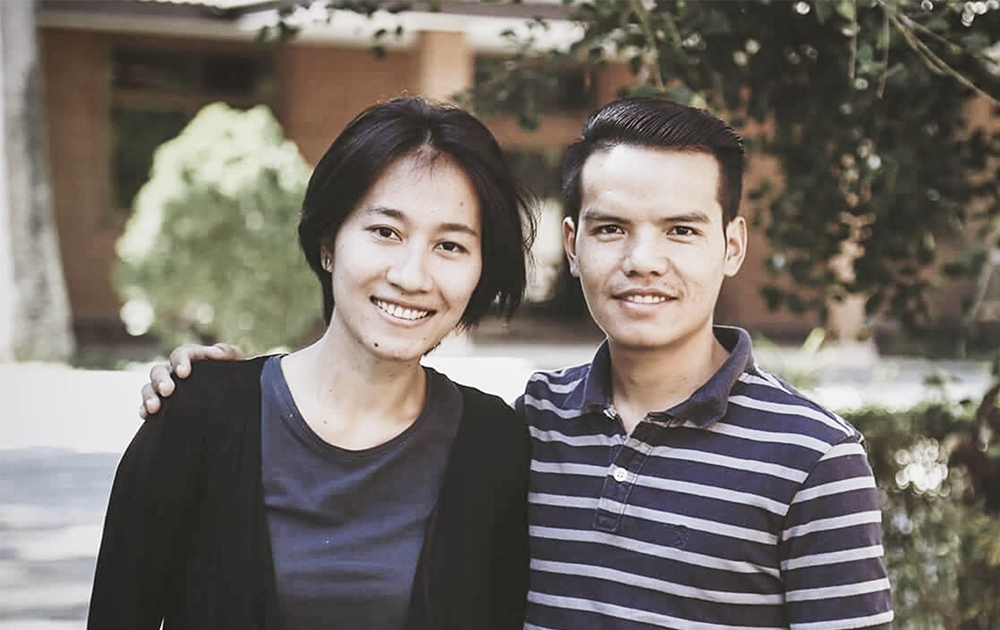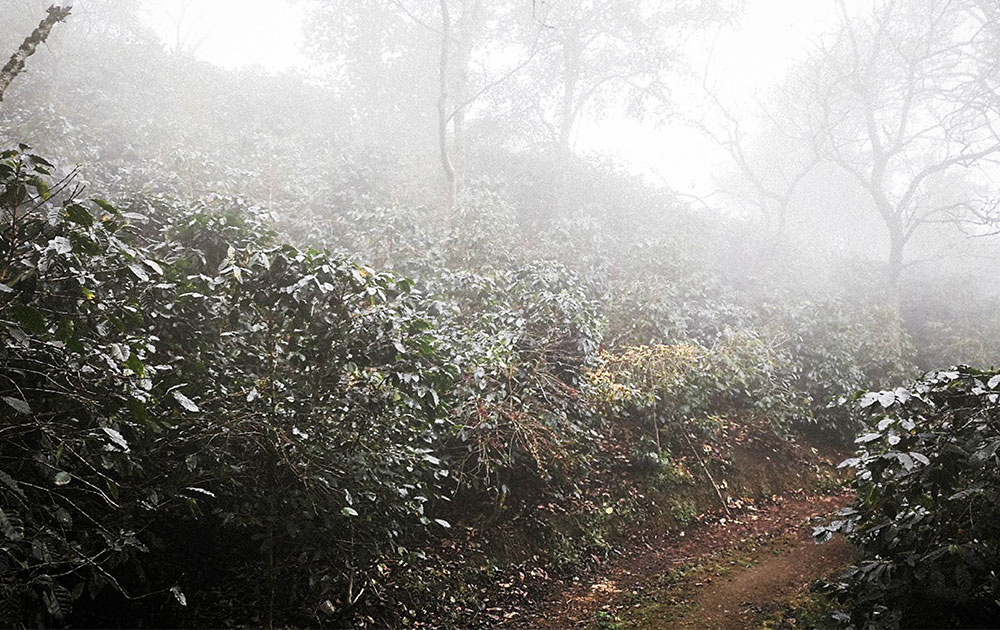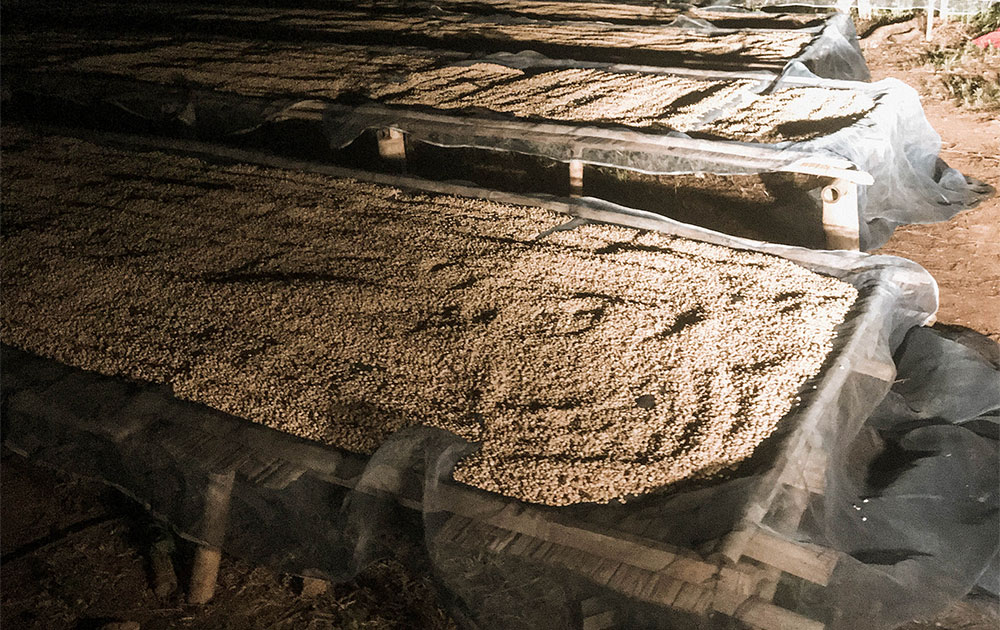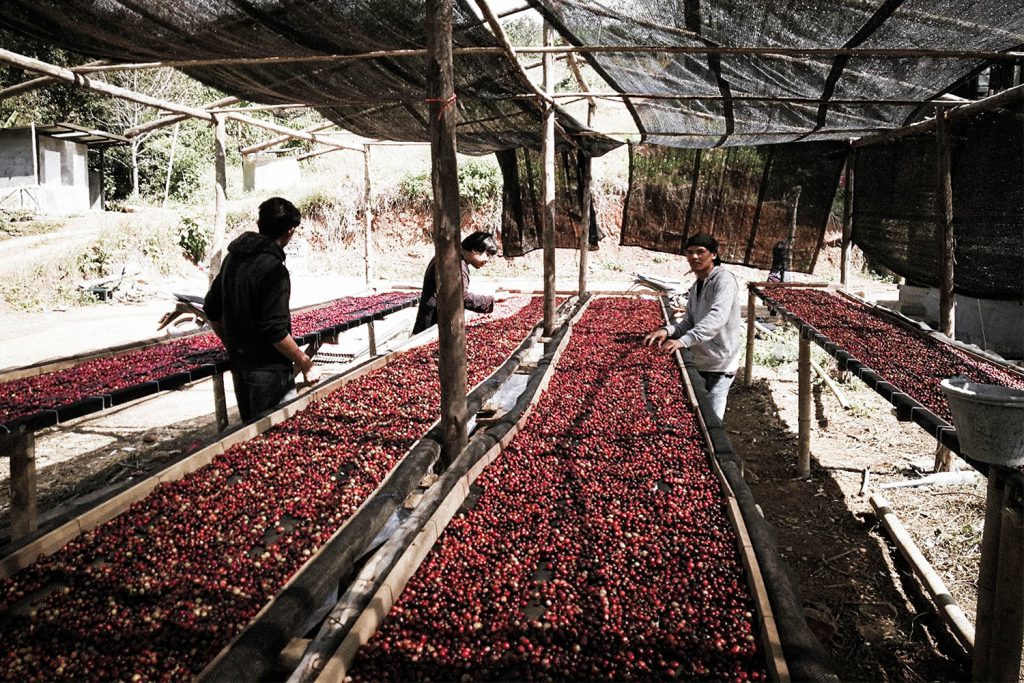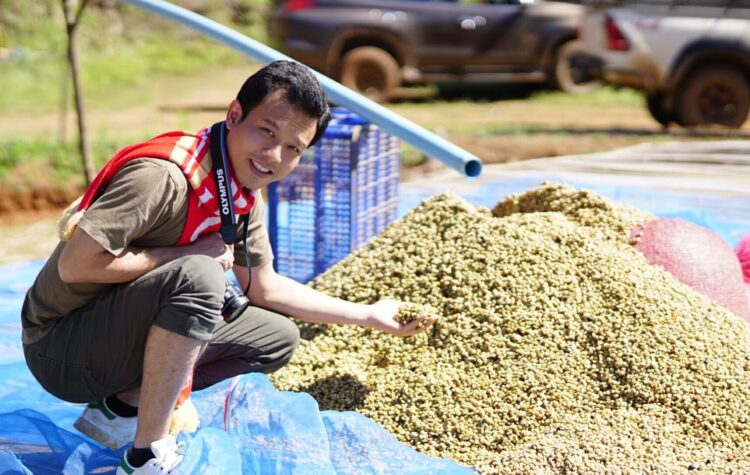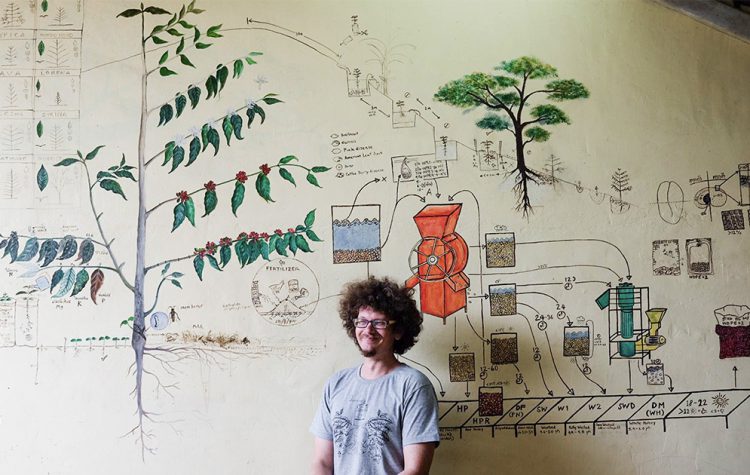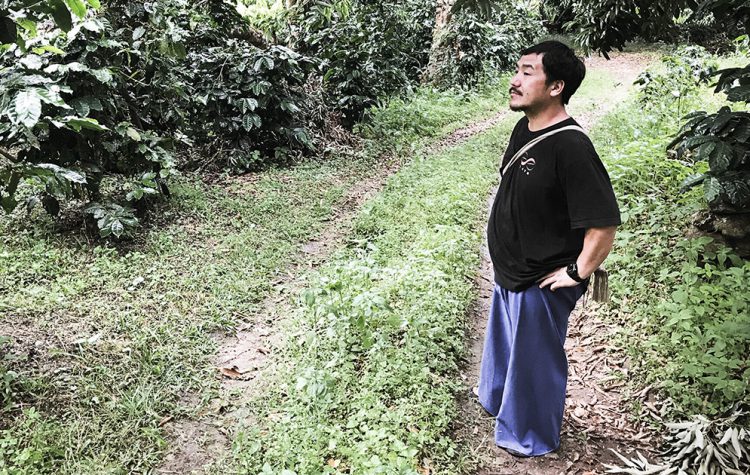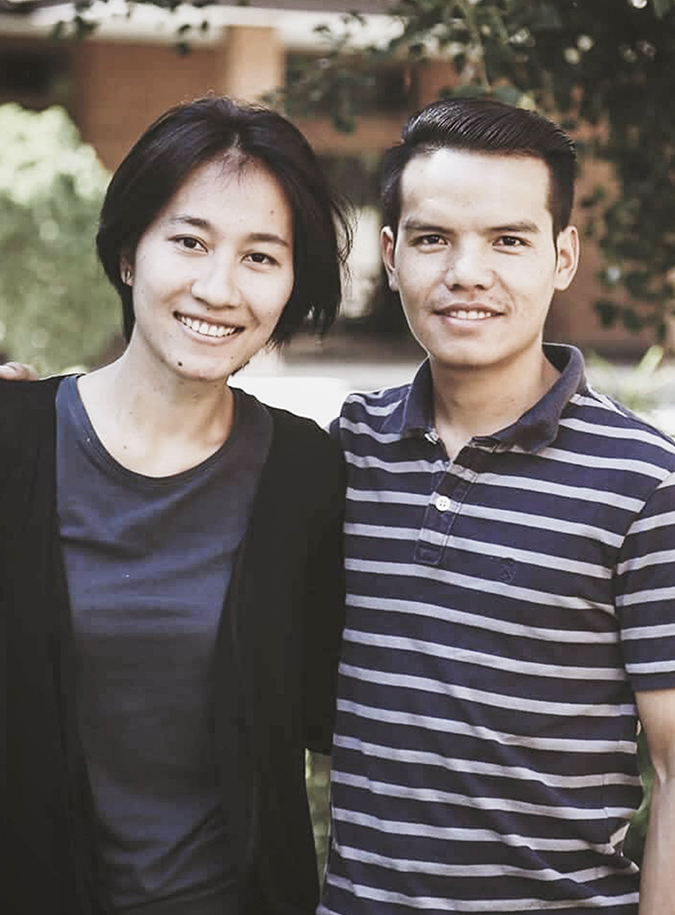
It’s been nearly 10 years since ‘Nawin,’ a farmer and processor from Doi Chang, took over his grandfather and father’s coffee business and plantation. Doi Chang is carpeted with coffee plantations and is the largest coffee-growing area in the north.
Despite the fact that Nawin jumped into the coffee industry with zero knowledge and experience, he approached it with the mindset that coffee is a part of the family. This helped him understand everything there is to know about coffee, from the basics to the more difficult things, so he could find his sweet spot: experimenting with small-scale coffee processing (micro lot). The methods he uses come from friends in the industry as well as his own creative ideas!
New generation farmers like Nawin are dedicated, open-minded, and willing to explore new creative ideas. It motivates and inspires us to see how our work affects and benefits them. Let’s hear more about his story.
Mr. Roots: How has COVID-19 had an impact on your work in the coffee plantation and processing?
Nawin: The issue we’re dealing with now is a labor shortage. Picking coffee cherries requires many people, and on a typical day (pre-COVID), we would drive to nearby villages to pick up our workers. When the pandemic struck, everyone became fearful of people; we were afraid to pick them up, and they were afraid to come to work. How do we solve this problem? I’m not even sure. However, I believe that the pandemic has helped Thai coffee sell better in Thailand, mainly due to the difficulty of importing coffee here.
Aside from COVID-19, this year’s issue for the coffee plantation is rain. The weather forecast predicts a lot of rain for quite some time, possibly until the end of November. This means that if it rains too heavily, it will surely be a problem, especially when it comes to drying the coffee cherries or for the cherries that are still stuck on the plant because they will fall off.
Mr. Roots: Roaster Korn likes to tell us that you’re the type of person who’s always willing to try new and creative ideas that people suggest, and that you act quickly on it; how have these experiments helped you?
Nawin: Perhaps we’re fortunate in that we’re more prepared than others because we have all of the essential equipment and tools. We can test things out right away if the upfront investment isn’t too costly. So if the results from the experiments aren’t too bad, I can sell them at my coffee shop (Nawin opened a cafe named Abonzo at Doi Chang) or I can give them to friends in the coffee industry. Every year, Thai coffee becomes more competitive in terms of taste and quality, so I set a goal to experiment every year because, in my opinion, coffee processing is dependent on a variety of factors and takes a long time to complete.
As someone who regularly tastes other people’s coffee, both in Thailand and overseas, I’m always trying to figure out which way their coffee is going and where ours stands in comparison. Deep down, I believe that if we only drink our own coffee, we will have no idea where other people’s coffee are headed. When we taste a variety of coffees, we can ask ourselves, should we try processing it this way? Or should we do it another way to get better results? However, in terms of accomplishing things that others have never done, that may still be difficult for me at this time; I have to take it step by step.
Mr. Roots: Even though you say it’s difficult, we still believe you won’t say no to trying out new approaches. Do you have any processing techniques that you are proud of and want to share with us?
Nawin: Actually, I wanted to process cocoa before working with coffee. I saw it as a market close to coffee because practically all our customers’ coffee shops offer cocoa on their menus. I own a plot of land that isn’t high in elevation, is a little hot, and isn’t particularly appropriate for coffee, so I figured I could produce cocoa there. Following that, I began to educate myself on how to process cocoa, which turned out to be extremely similar to fermenting coffee in terms of the number of variables involved. As a result, I used the same cocoa fermentation techniques on coffee, with the outcome being a chocolate-like tone.
The similarity of the flavors was most likely attributable to three factors: the fermentation period, the temperature utilized, and the humidity. I fermented coffee at a greater temperature than usual, around 40 degrees Celsius, and the coffee embryo died as a result, giving the coffee a distinctly different flavor. This process is still in its first year of experimenting, but it’s working very well, and I am optimistic that it will continue.
Mr. Roots: We realize that your main goal is to produce large-scale coffees or macro lots; do you have a specific amount of experimentation in mind each year?
Nawin: Not really, because I’ll normally concentrate on large-scale production that can be sold first. I’ll keep in mind which coffee plantations or coffee cherries from certain farmers were good in the previous year and in the following year, I’ll devote more time and dive deeper into selecting cherries and determining which processing techniques to use. Sometimes I might forget or can’t make it in time, so I keep telling myself every year, “I’ll do it next year, I’ll do it next year,” (laughs) and it never ends.
Mr. Roots: Besides processing coffee, what else are you setting your mind on doing?
Nawin: For the past 2-3 years, I’ve been focusing on coffee plantation management. Right now, I’m working on improving my plantations on a smaller scale because our site is so large, and if we work on everything at once, we won’t be able to see the results clearly. What I believe really does have a significant impact on the taste of coffee is the soil in which it is grown. So, right now, I’m trying to adjust the fertilizer we’re using and doing more research on how to improve it.
For example, we now use leftover coffee cherries to make fertilizer and return organic matter to the coffee plant. We need to feed our Catimor coffee plants a lot of food because they grow a lot of coffee cherries. The coffee plants may not survive if there isn’t enough food in the soil for them to eat.
Mr. Roots: From the first day you took over the coffee plantation to now, what does coffee mean to you?
Nawin: To be honest, coffee is our survival, at least from the perspective of a coffee processor. You work for a living, just like any other profession, and if you don’t have that income, it’ll be difficult to get by. Coffee is not only a true passion of mine, but it is also a way of life. One thing I enjoy about this job now that I’ve been doing it for a while is the friendships I’ve made in the coffee industry. In fact, our coffee may not be the best on the market today, but having friends who believe there is still a way encourages us to keep moving forward, and we support each other.





